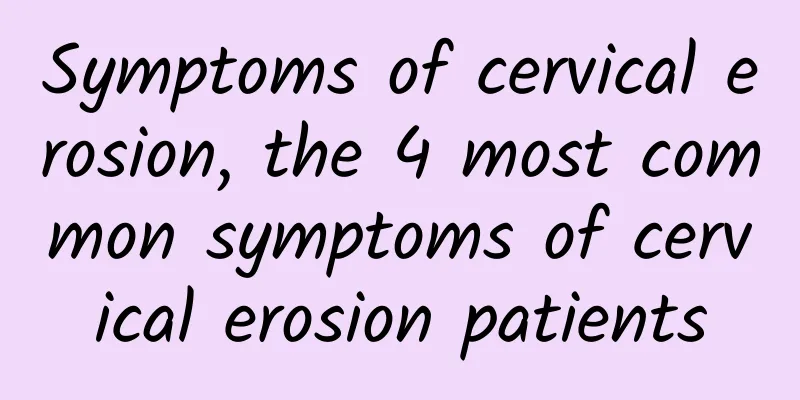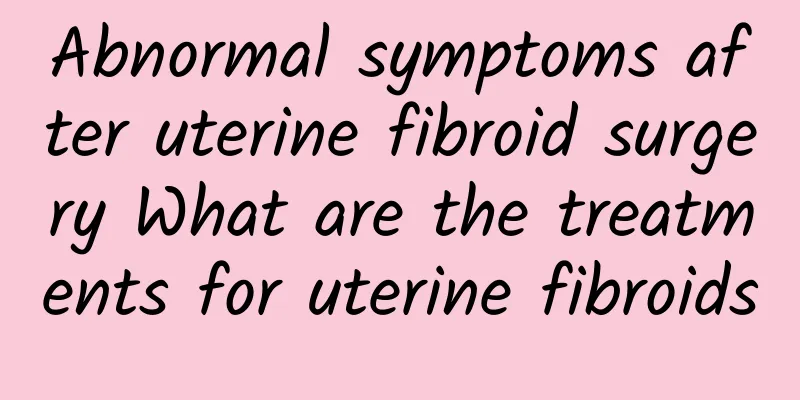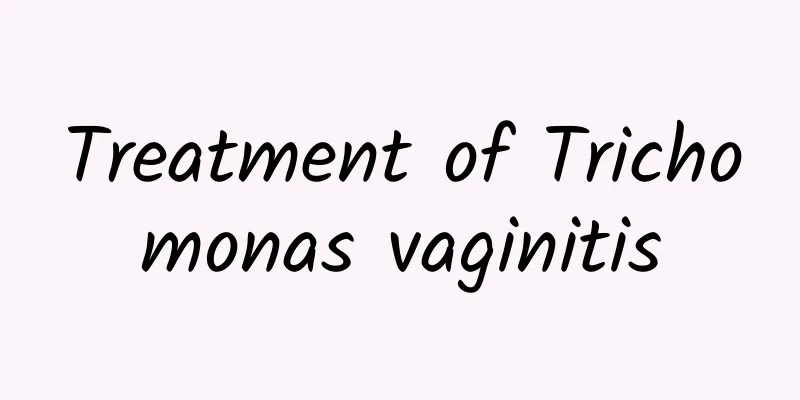Patients with chronic pelvic inflammatory disease should receive symptomatic dietary therapy

|
Traditional Chinese medicine can classify chronic pelvic inflammatory disease into qi stagnation and blood stasis type, liver and kidney yin deficiency type, spleen and kidney yang deficiency type, etc. according to the patient's clinical manifestations. Appropriate diet therapy based on the classification can play an auxiliary treatment role. Qi stagnation and blood stasis type Clinical manifestations: Patients often present with lower abdominal stabbing pain or distending pain, pain radiating to the lumbosacral region, lower abdominal mass, pain when pressed, heavy vaginal discharge, irregular menstruation, dark color with clots. The tongue has dark edges with petechiae, thin white fur, and a stringy and thin pulse. Diet therapy: 1. Hawthorn, bergamot, and bitter endive. Add water and decoct. Take 1 dose per day for 7 to 8 consecutive doses. 2. Patrinia, bergamot, and rose, decoct in water. Take 1 dose per day for 5 to 6 consecutive days. Liver and kidney yin deficiency Clinical manifestations: dull pain in the lower abdomen, heavy vaginal discharge, yellow, sticky and fishy smell. Accompanied by soreness of waist and knees, dizziness or early menstruation, light red in color. Red tongue with little coating, and weak and rapid pulse. Diet therapy: 1. Raw earth and polished rice. Wash and slice the raw earth, boil it twice with water, and take 100 ml of juice in total. Cook the polished rice into porridge, add the medicinal juice when it is 80% cooked, and cook until cooked. Eat the porridge, which can be taken for several days. 2. Pigeon eggs and donkey-hide gelatin. First put the donkey-hide gelatin in a bowl, add an appropriate amount of clean water, roast it on a smokeless fire, and add the pigeon eggs while it is hot and mix well. Eat it twice in the morning and evening, and can be taken continuously until the disease is cured. Spleen and Kidney Yang Deficiency Clinical manifestations: abdominal distension, dull pain, heavy and thin vaginal discharge, accompanied by sore waist and weak limbs, chills and cold limbs, and facial swelling. Pale tongue, fat body, thin white fur, and deep and fine pulse. Diet therapy: 1. Cook leek roots, eggs, and sugar together to make soup and take it for several days. 2. Cook walnut kernels, Euryale ferox, lotus seeds, and glutinous rice to make porridge and eat it regularly. |
<<: Treatment of uterine perforation as a complication of artificial abortion
>>: Treatment options for patients with chronic adnexitis
Recommend
What's wrong with late menstruation?
What happens if my period is late? Late menstruat...
Overview of Bacterial Vaginosis
Bacterial vaginosis is a common disease among fem...
Expert introduction: What to do after discovering ectopic pregnancy
For patients with ectopic pregnancy, good treatme...
What to do if you have cervical erosion and stomach pain? 3 ways to check for cervical erosion and stomach pain
First of all, cervical erosion does not cause abd...
What to do if you have uterine fibroids
Uterine fibroids are the most common benign tumor...
Feeling tense and cricked all over? Make good use of the "little jump" action to relieve stress and relax
Have you had such experience? Do you always feel ...
The cold wave is coming again, is it a good time to lose weight quickly? Famous weight loss doctor: Drink coffee, green tea, and do this exercise
The super cold wave has arrived! Some people on t...
Red food is in short supply, eat seasonal fruits first
In the cold wind, eating more red foods can enhan...
What are the dietary health care methods for congenital absence of vagina?
Congenital absence of vagina is most commonly see...
Eating too much salt during the Mid-Autumn Festival causes edema? Hawthorn and Astragalus Drink can help improve
Eating barbecue, moon cakes and grapefruit is the...
The most common care methods for cervical warts
Cervical warts are sexually transmitted diseases,...
Will cervical erosion cause back pain?
Will cervical erosion cause lower back pain? Cerv...
Can I take levofloxacin for candidal vaginitis?
Levofloxacin is not usually recommended for candi...
Key points for diagnosis of bacterial vaginosis
In recent years, it is believed that bacterial va...
Which is the most reliable method for diagnosing cervical warts?
The sudden onset of cervical warts makes people f...









